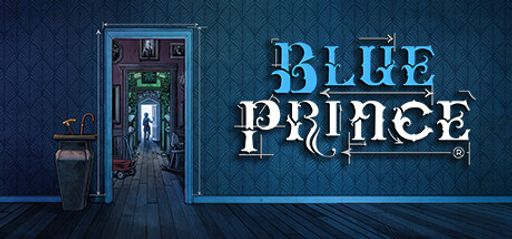I took on Blue Prince with high hopes and was hooked from the first moment. Made by Dogubomb and put out by Raw Fury on April 10, 2025, Blue Prince mixes strategy, puzzle, and roguelike elements in a way you don’t often see. As someone who loves exploring large game worlds, I’ve seen plenty of designs—but few stir up feelings like this one. In this review, I’ll cover gameplay, story, visuals, sound, and replay value, and I’ll compare it with similar games.
Overall Impressions
Blue Prince grabs your attention with its strange setting. In Mt. Holly, each new day brings a fresh puzzle. The game jumps between tile‑placement strategy and classic puzzle play. Right away, I wanted to find the hidden Room 46. You must plan moves through shifting halls and pick up tiny clues about your surroundings. But its odd structure can slow things down and feel unclear. Fans of a clear, fast‑moving path might find the deliberate pace frustrating.
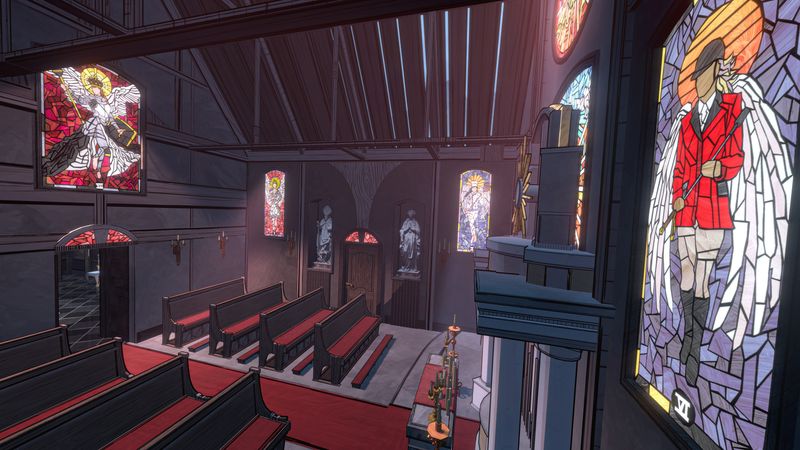
Gameplay Mechanics
The heart of Blue Prince lies in its unique gameplay mechanics. On one hand, the game invites you to explore patterns, take notes, and decipher clues embedded in the layout of rooms. The early advice to keep a notebook or use digital notes is sound—players must record subtle details to unlock progress. I found that this forward-thinking mechanic provides a rewarding sense of discovery when patterns emerge. On every run, even repetitive actions feel like a step towards mastering the blueprint of Mt. Holly.
On the other hand, the game’s rogue-like elements occasionally clash with its puzzle-based orientation. Some players have rightly expressed frustration over the RNG elements and seemingly arbitrary challenges. I observed that the tension between a guided puzzle experience and an unpredictable random layout can detract from the gameplay flow. The need to re-roll certain outcomes repeatedly sometimes transforms what should be a delightful puzzle into a tedious grind. I encountered moments where the satisfaction of solving a complex pattern was marred by excessive, repetitive tasks that tested my endurance rather than my wit.
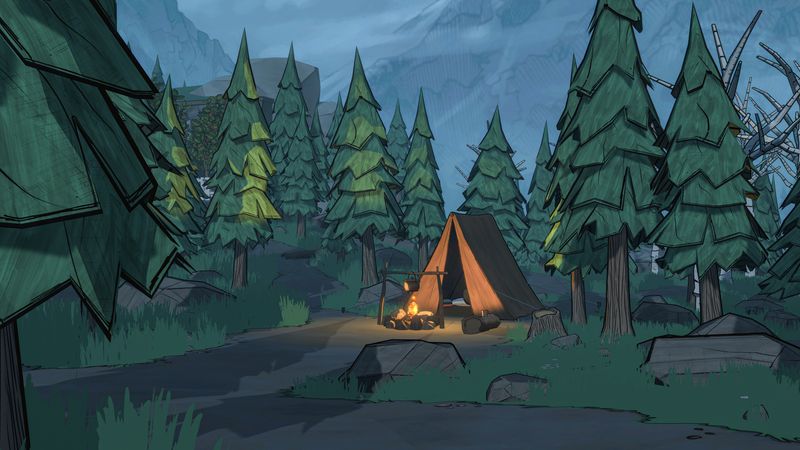
Story and Characters
Storytelling in Blue Prince is delivered through its environmental clues. Rather than conventional dialogue or character arcs, the story unfolds in the architecture of Mt. Holly itself. I appreciate the subtlety in the game’s world-building. Each shifting corridor and chamber hints at a deeper lore that invites exploration. The cryptic clues and notes scattered throughout the game awaken the detective in me. However, this method of storytelling demands constant attention—and sometimes, it feels as if the game withholds too much instead of engaging more directly with its audience.
The characters in Blue Prince are not the primary focus. Instead, the plot centers on the mystery of Room 46 and the evolving design of the house. This approach may satisfy players who relish an atmospheric narrative built on discovery. Yet, others might miss the personal touch of memorable characters. In my experience, while the absence of conventional protagonists adds to the game’s enigmatic charm, it also leaves me yearning for moments of connection that would anchor the sprawling mystery.
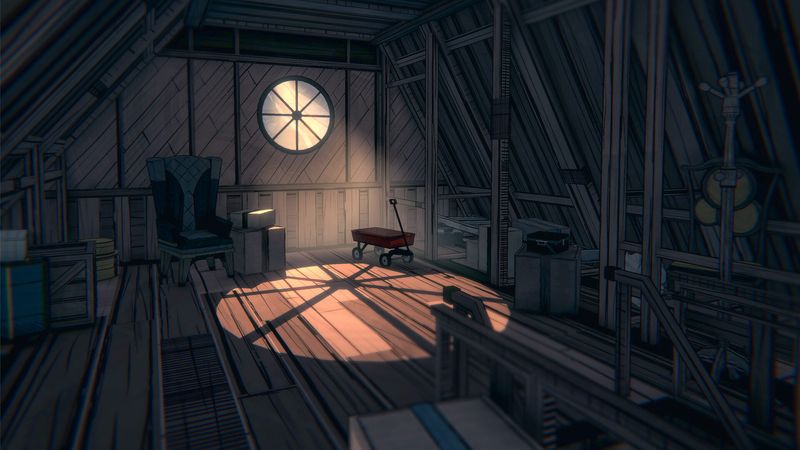
Visuals and Graphics
The aesthetics of Blue Prince contribute significantly to its unique atmosphere. The graphics evoke a sense of ethereal beauty mixed with eerie unpredictability. Each corridor and chamber is rendered with a minimalist yet compelling design that enhances the feeling of navigating through a labyrinthine dream. I found that the art style strikes a balance between clarity and mystique. The intentionally shifting layouts and the subtle visual cues that hint at room patterns are a visual treat, especially when paired with the game’s mysterious tone.
However, the same visual approach that makes Blue Prince engaging also has its pitfalls. The minimalism in design often leaves the player to work harder to capture every detail. While this aligns with the game’s theme of exploration and discovery, it can sometimes feel overwhelming. The deliberate omission of clear markers may cause confusion, particularly for players who prefer more explicit guidance in their game worlds.
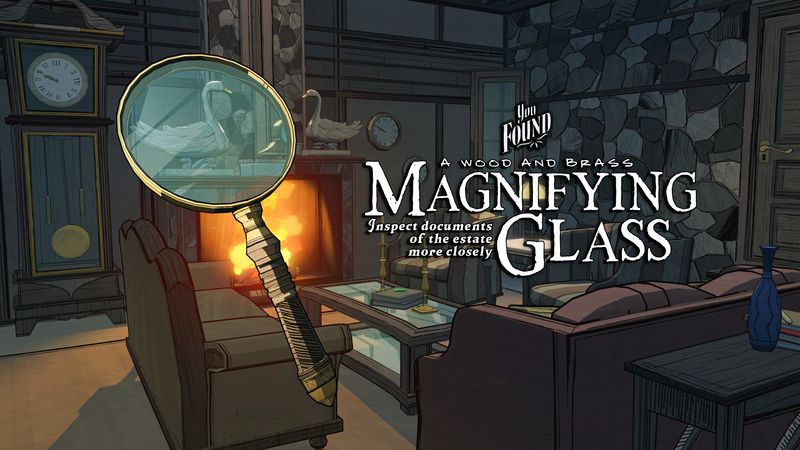
Sound and Music
Blue Prince does not take chances with its sound design. The soundtrack is atmospheric and well-crafted, providing a haunting backdrop that deepens the game’s immersion. The sound effects reinforce the unpredictability of your journey through Mt. Holly. Every creak of a door or rustle in a corridor is designed to heighten suspense and serve as a subtle reminder of the mystery at hand.
In my experience, the audio complements the gameplay mechanics perfectly when you are in tune with the game’s method of storytelling. Unfortunately, there are moments when the soundscape, much like the visual cues, contributes to the overall sense of uncertainty. While this adds to the game’s immersive quality, it also amplifies moments of frustration during repetitive grind or when the narrative seems to stall.

Difficulty and Replayability
Blue Prince is both a challenge and a labor of love. Its difficulty lies in balancing rapid decision-making with careful observation and note-taking. I admired the game for continuously pushing me to think critically about my actions and the layout of rooms. Past runs rewarded careful analysis, while rushed or unmindful play often resulted in frustration. It is clear that the game is designed to perpetually tease the curious but cautious gamer.
Replayability is a double-edged sword in Blue Prince. The dynamic puzzle situations offer new challenges with each run. If you seek to master the labyrinth by learning its patterns, Blue Prince can be endlessly engaging. Yet, the repetitive grind inherent in rogue-like mechanics may deter some from repeated visits. I recommend preparing mentally for both the enlightening and the mundane aspects of each run.
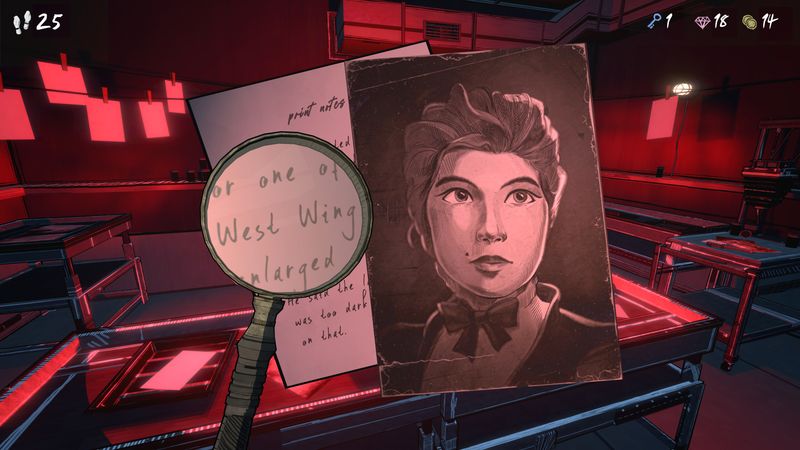
Behind the scenes, Dogubomb is known for taking bold creative risks. Their willingness to merge distinct genres and challenge player expectations is admirable. Raw Fury’s support in publishing this title highlights its commitment to innovative gaming experiences. It is clear that both developer and publisher aimed for a thought-provoking venture rather than a conventional run-of-the-mill game.
In Conclusion
Blue Prince is a fascinating experiment in genre fusion that both captivates and frustrates. Its ability to blend intricate puzzle mechanics with unpredictable rogue-like elements is a testament to its creative ambition. For those who relish an atmospheric mystery that rewards careful observation and tactical planning, the game is a treasure trove of hidden clues and rewarding discoveries. Yet, for players who prefer a more straightforward progression, the grind and occasional lack of clarity may feel burdensome.
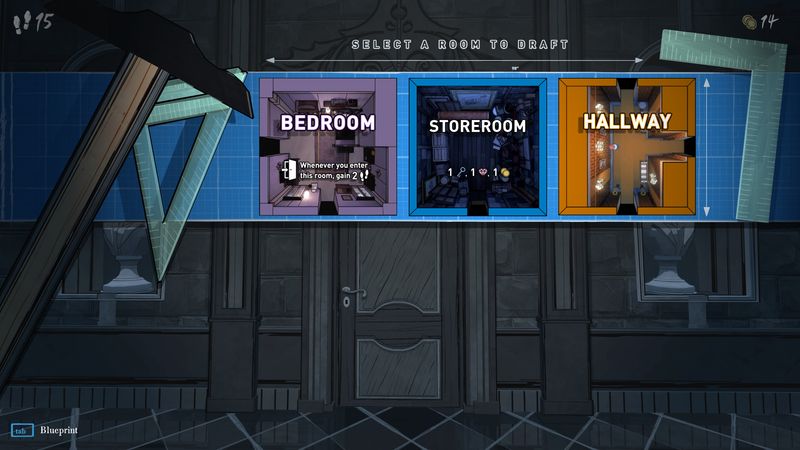
For me, Blue Prince serves as both a reminder of the art of subtle game design and a cautionary tale about over-stimulating the senses with too many competing elements. It stands as a unique, albeit polarizing, entry into its genre. In the end, whether you will enjoy Blue Prince largely depends on your willingness to embrace its unconventional approach.
I award Blue Prince 3 out of 5 stars. The game is a commendable experiment that offers a strong atmospheric experience and rewarding moments of insight, even if its pacing and execution can sometimes feel more like a chore than an adventure. For gamers who are persistent, meticulous, and open to exploring the chaotic labyrinth that is Mt. Holly, there is much to uncover and enjoy.

